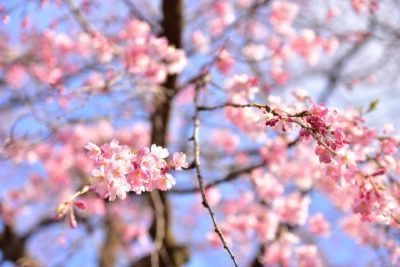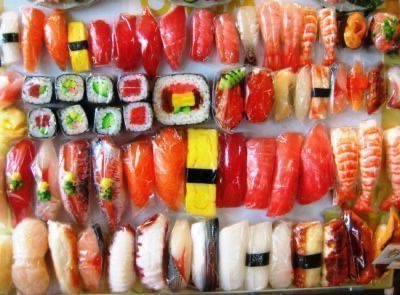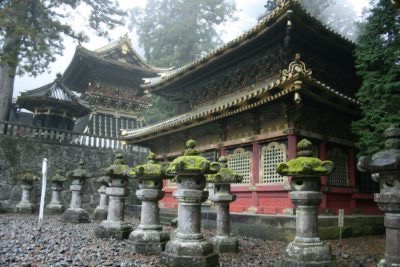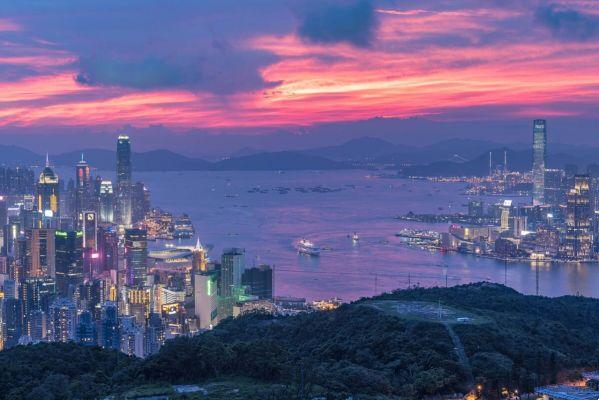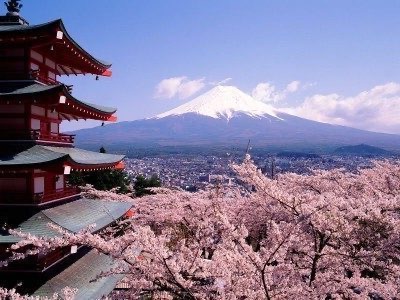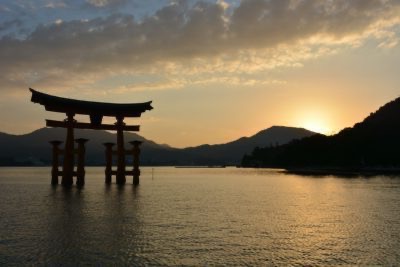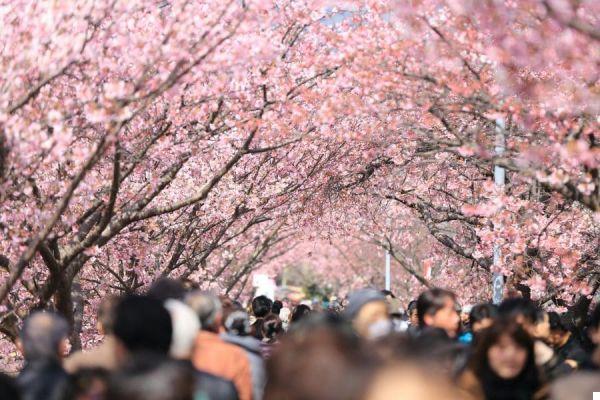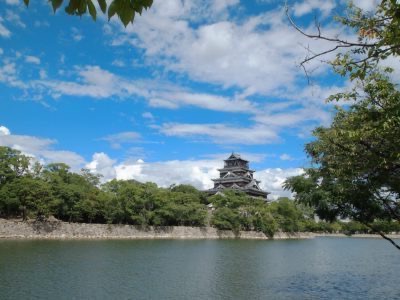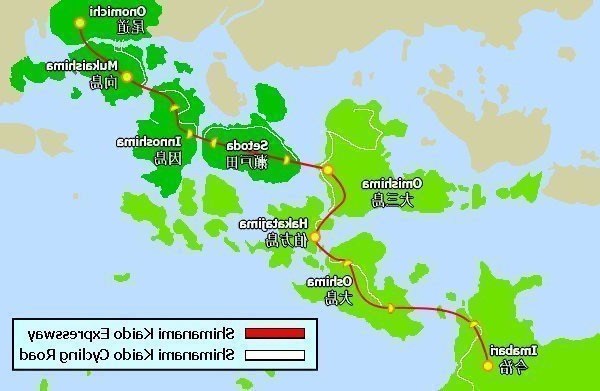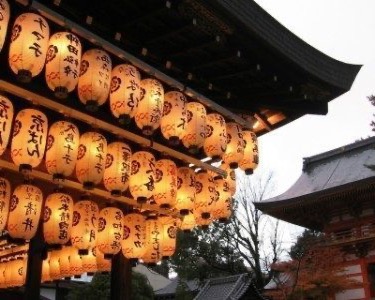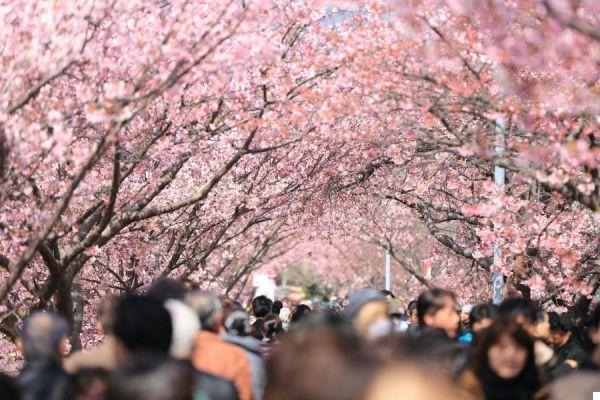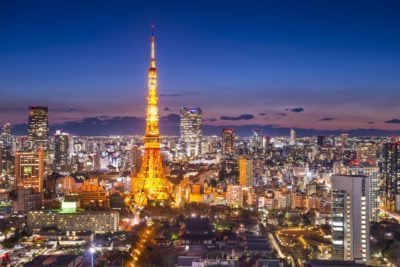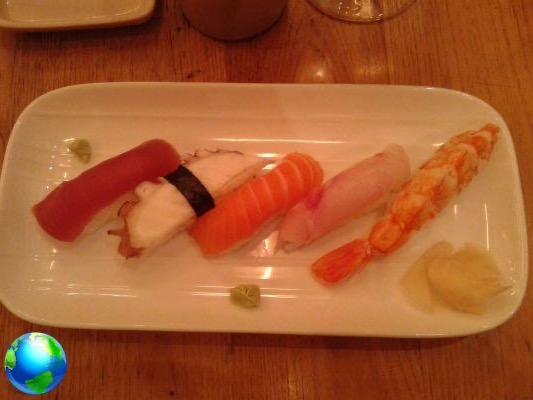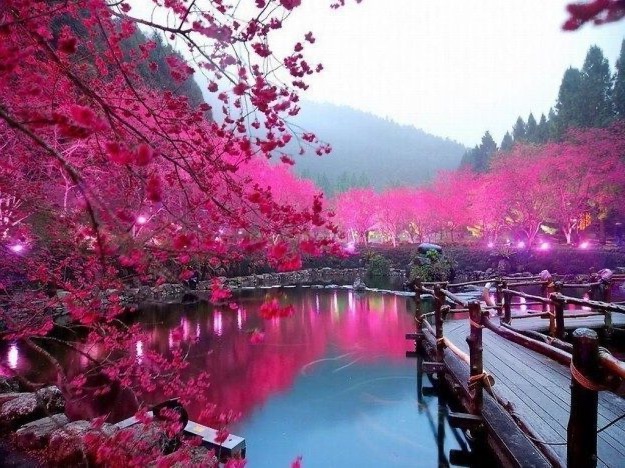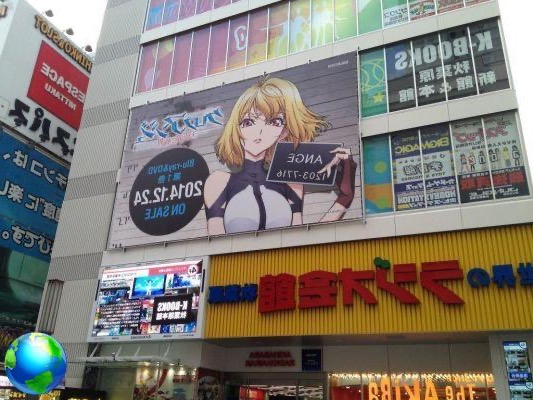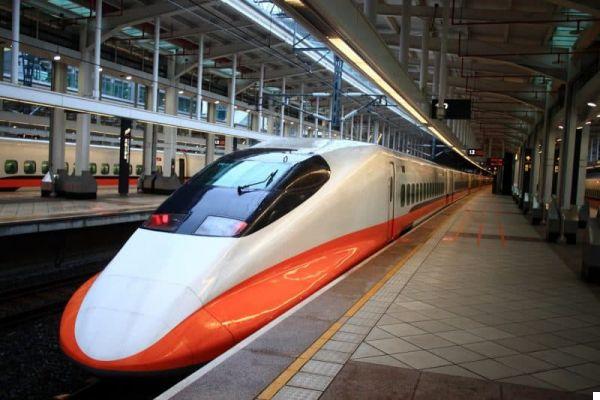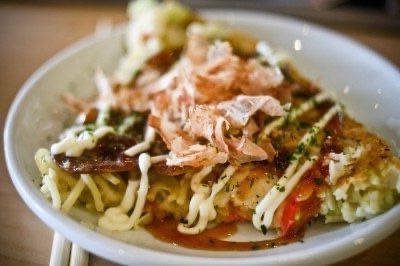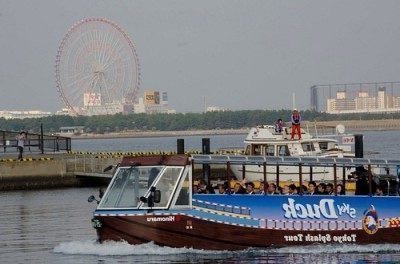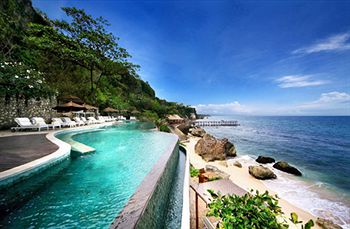If you are in Tokyo, you cannot miss a visit to the fascinating Kamakura. In the post, all the tips to discover its beauty.
Kamakura is a nice little coastal town just 50 km south of Tokyo. With its welcoming atmosphere and charming temples, it offers a breath of fresh air from the metropolis.
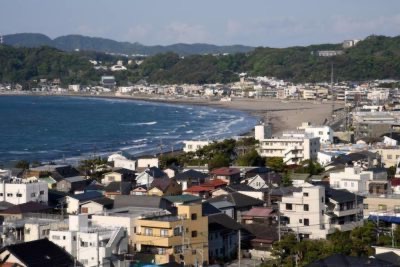
How to reach us
Getting to Kamakura from Tokyo is really very simple, use your JR pass and, from Tokyo station, with the JR Yokosuka line, in 55 minutes you are there.
If you are more comfortable from Shinjuku you will get there in 1 hour with the JR Shonan-Shinjuku line.
As well as Nikko, the city you can visit it in one day, and it really deserves to be visited. Being on the opposite side of Nikko, it is unthinkable to do them in the day.
We get off at Kita-Kamakura station and we find ourselves in front of the Komachi-dori which is the classic shopping street, rather touristy but it is fun to find special restaurants, souvenirs and snacks. The best way to discover Kamakura is to go and get lost in its streets admiring the fantastic typical houses, so far seen only in the cartoons style "Hello Spank".
Kamakura temples
The first temple we meet a few steps from the station is:
Engaku-ji Temple
Beautiful temple almost always deserted, silent and immersed in the forest. Founded in 1282, it is the second among the great Zen temples of Kamakura. It houses a famous wooden statue of the Buddha and the important bell of its temple has been classified as a national treasure.
Access to the temple, with its staircase flanked by large cedars, is quite spectacular. Built to commemorate the Japanese and Mongolian soldiers who died in the attempted Mongol invasion of Japan.
Continuing south in about ten minutes we reach the:
Kencho-ji Temple
Kenchō-ji is the oldest Buddhist temple in Kamakura: built in 1253, it is one of the oldest in all of Japan. Its Zen garden is a must see: splendid.

Also a few minutes away we find one of the most popular tourist sites in Kamakura:
Tsurugaoka Hachimangu Shrine
With over 9 million visitors a year, Tsurugaoka Hachimangu Shrine is the symbol of the old capital. The most important Shinto temple in the city.
Going up the great staircase we find the main building of the sanctuary, called "Hongu”Which opens onto a magnificent view of the city of Kamakura.
From this temple we are very close to Kamakura station where we take a tram: theEnoden and we get off at Hase station.
The Hase-dera temple
Hase-dera is one of the most beautiful temples in Kamakura and is definitely worth seeing. From here we admire the beautiful Zen gardens and the sea!
With the same tram line you can continue for the small one Enoshima Island, a small island of 4 kilometers in perimeter, a very popular tourist resort among the inhabitants of Kamakura. We jumped.
A few minutes from the Hase-Dera we find one of the main attractions of Kamakura:
The Great Buddha
The Great Buddha or "Daibutsu" is a giant statue over 13 meters high and 122 tons of weight, which depicts the Buddha in the lotus position under the celestial vault, second in size only to that of Nara. At the time, in 1232, he was in an indoor room, then a tsunami destroyed everything ... except the Buddha who did not move (funny tsunami evacuation signs you will find along the way).

The Kamakura Sea
The beach is nothing special and on weekends they say it is very crowded but when it is deserted it acquires a great charm. The air is good.
Too bad that at the time of our visit there was a bit of haze because the locals tell us that from this beach, on really clear days, you can see the Mount Fuji.

This seems to me to be an excellent reason to return.
Even if it's only a 50 minute walk, the day was really full of emotions, sun and heat (we visited it in August!) So we decide to take a bus from the maritime station and in about ten minutes we are at the station , ready to return to the metropolis.
Thanks Kamakura, see you soon!




